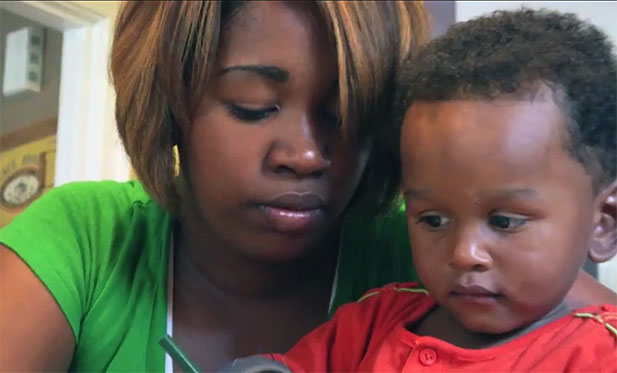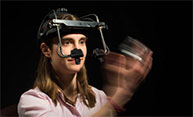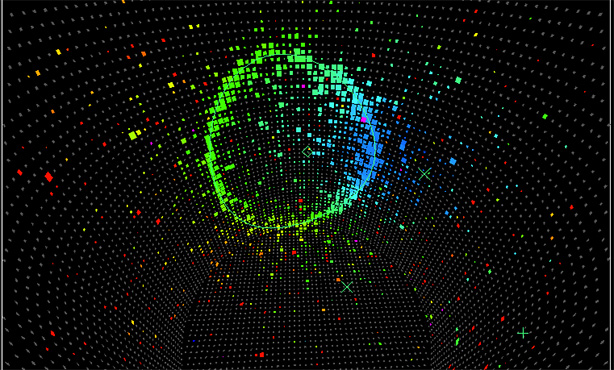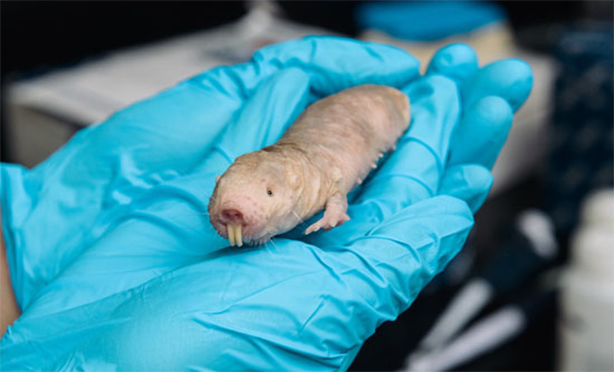
Depression Therapy Effective for Poor, Minority Moms
The study tested the effectiveness of interpersonal psychotherapy, a short-term depression treatment that has worked with more advantaged populations. The comparison was clear: home-based, interpersonal psychotherapy lifted depression much more effectively than standard care.

‘Seeing’ in the Dark
The eerie ability to see our hand in the dark suggests that the brain combines information from different senses to create perceptions.

First Results from Dark Matter Detector Announced
A mile underground in the Black Hills of South Dakota, a new experiment named LUX has proven itself the most sensitive dark matter detector in the world.

Super-thin membranes portend tiny pumps
A super-thin silicon membrane could pave the way for diagnostic devices the size of a credit card.

Tracking Tweets to Enhance Food Safety
The system combines machine-learning and crowdsourcing techniques to analyze millions of tweets to find people reporting food poisoning symptoms following a restaurant visit.

New Type of Neutrino Oscillation Confirmed
The new finding could help explore a fundamental question of science – why is the universe made up almost exclusively of matter, when matter and antimatter were created in equal amounts in the Big Bang?

Madagascar No Longer an Evolutionary Hotspot
Daniel Scantlebury calls Madagascar “an ideal evolutionary laboratory” for studying species formation because it has long been isolated and geologically stable relative to other regions.

What’s Your Motion Quotient
A surprisingly simple exercise measures the brain’s unconscious ability to filter out visual movement, and points to an unexpected link between IQ and motion filtering

Naked Mole Rats Cancer-resistant Chemical ID’d
The biologists’ focus on high molecular weight hyaluronan (HMW-HA) began after they noticed that a gooey substance in the naked mole rat culture was clogging the vacuum pumps and tubing.

Autistic Kids Detect Motion Faster
Such heightened sensory perception in autism may help explain why some people with the disorder are painfully sensitive to noise and bright lights.
